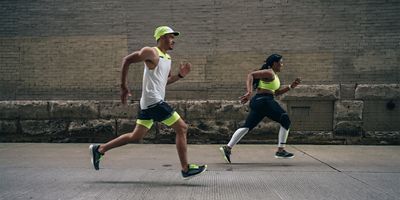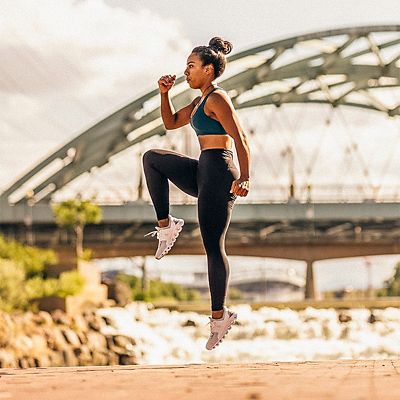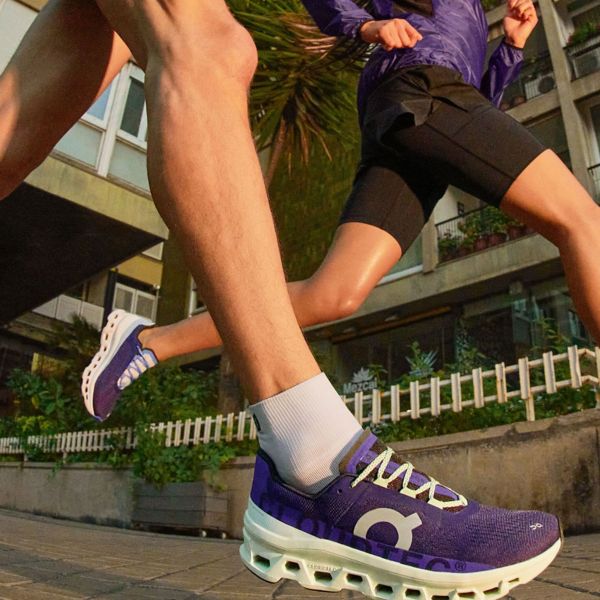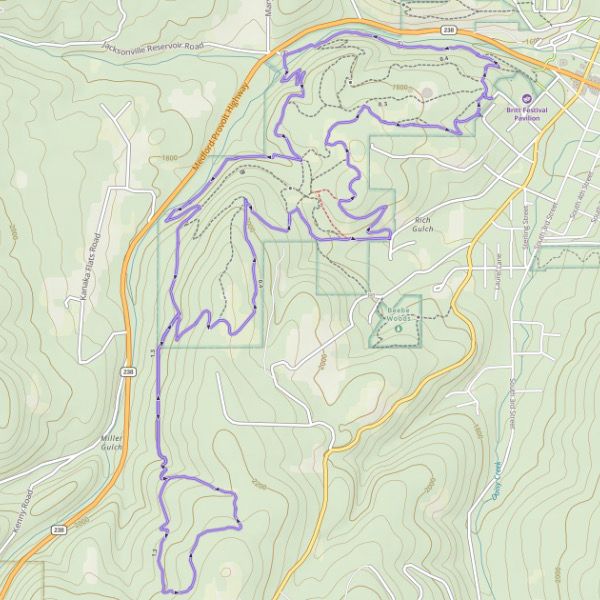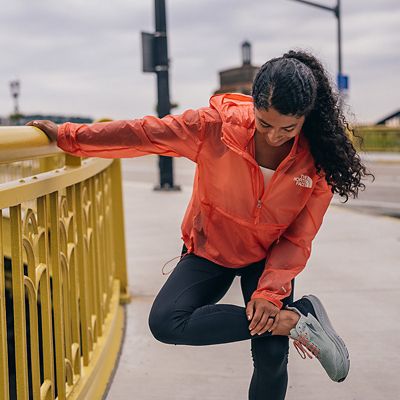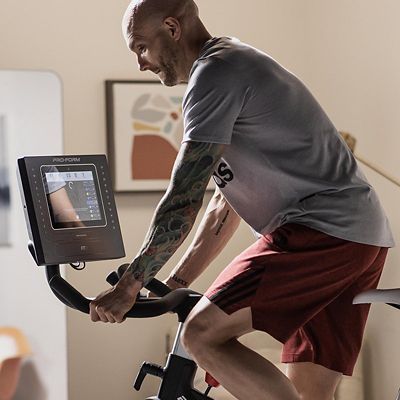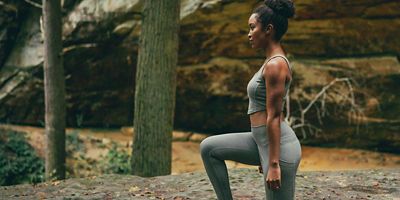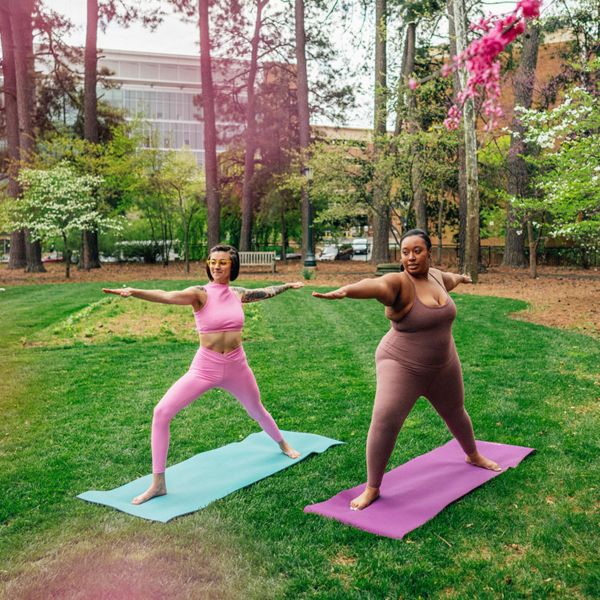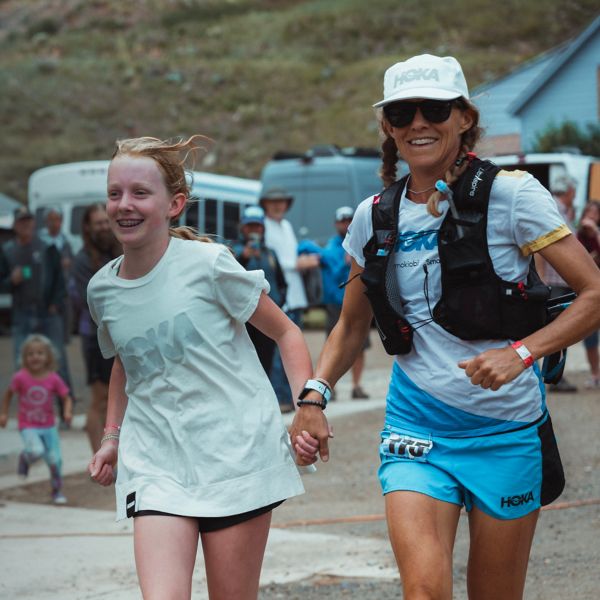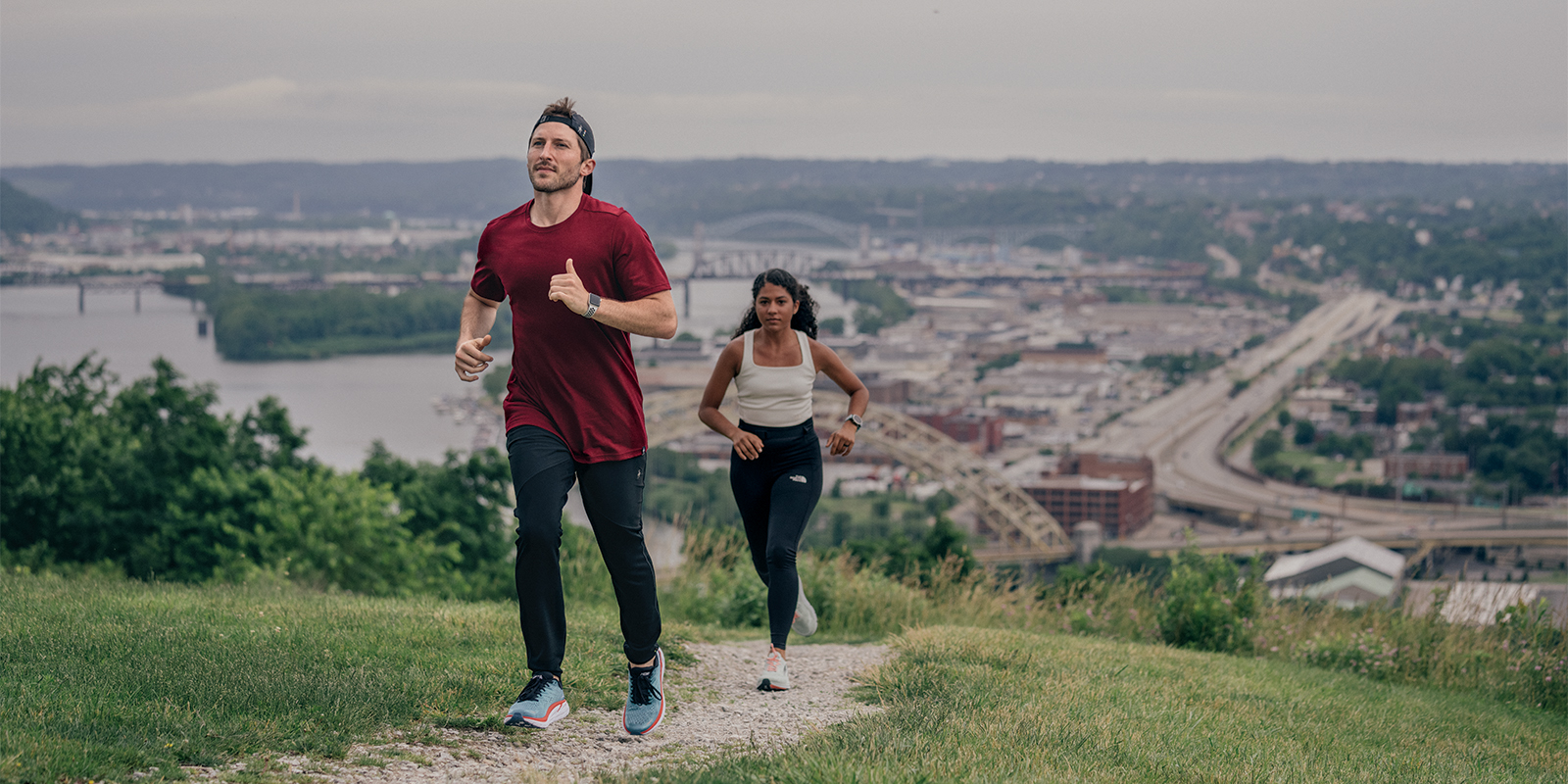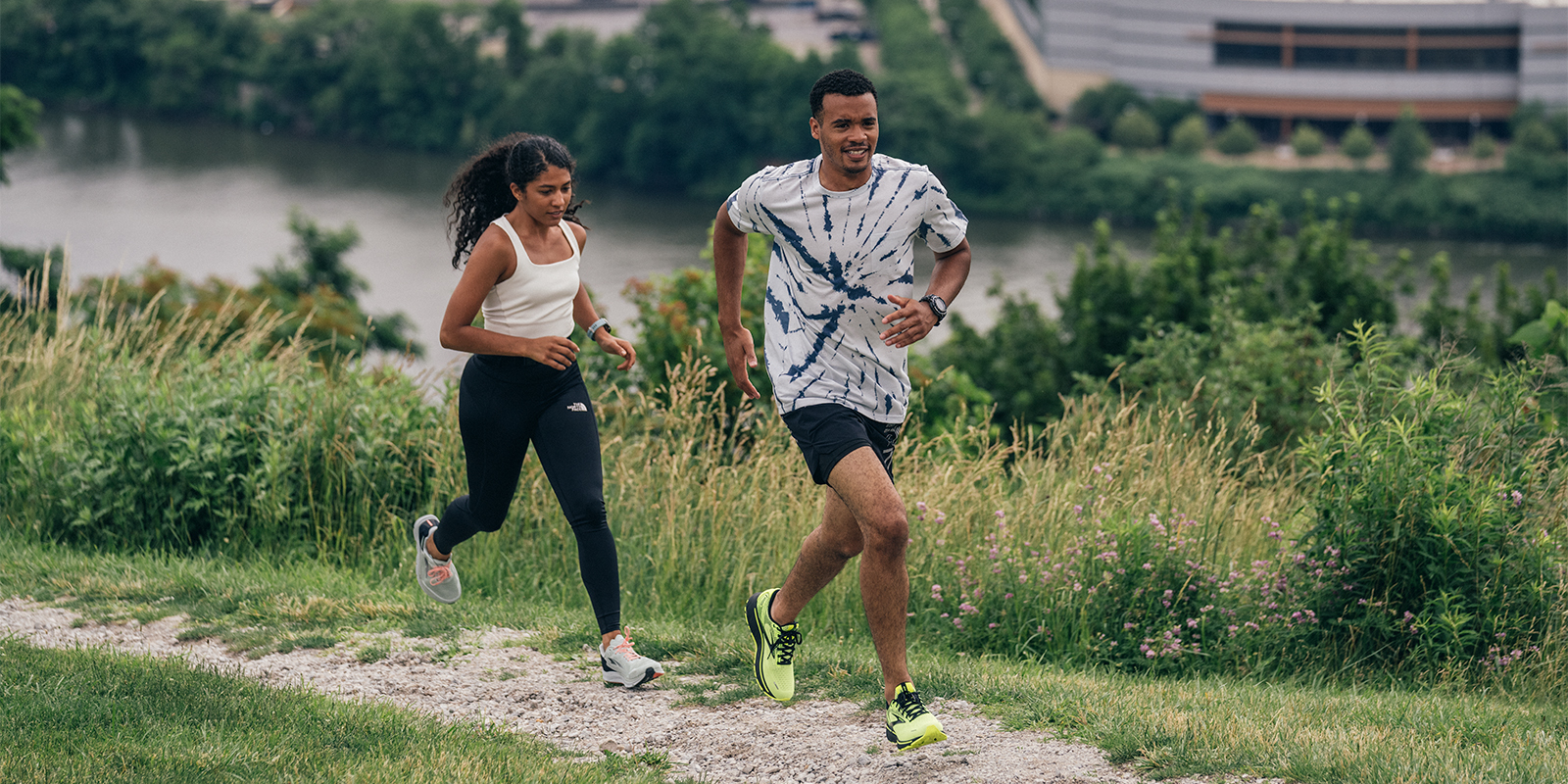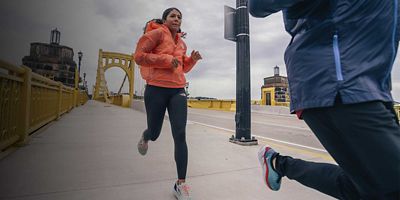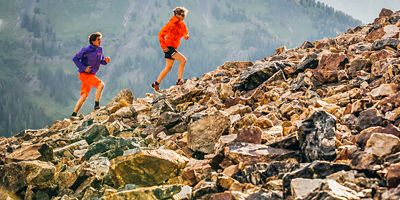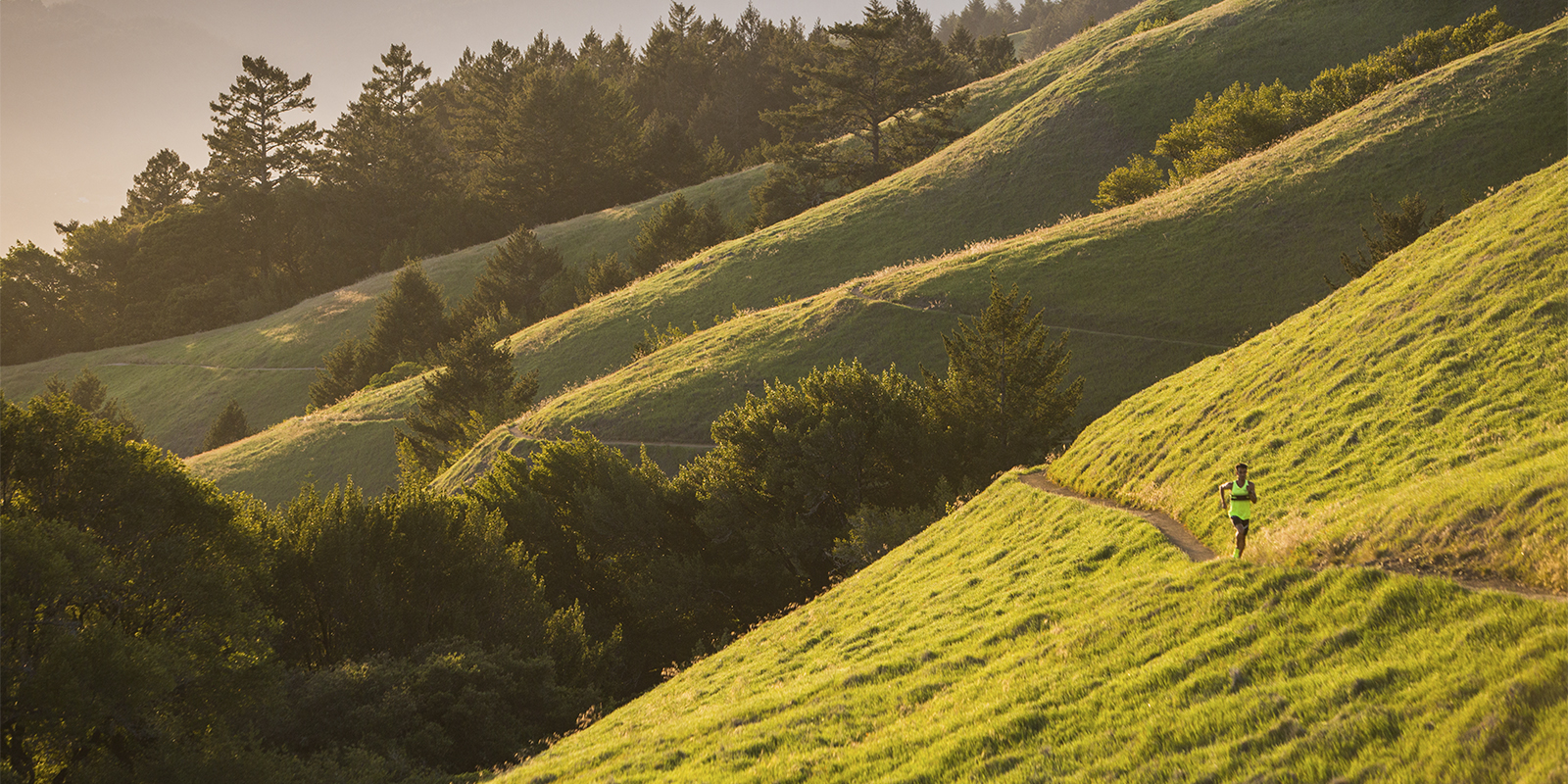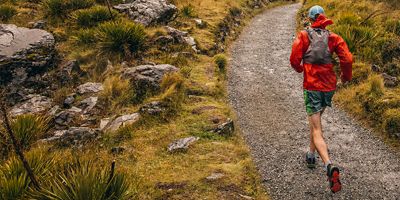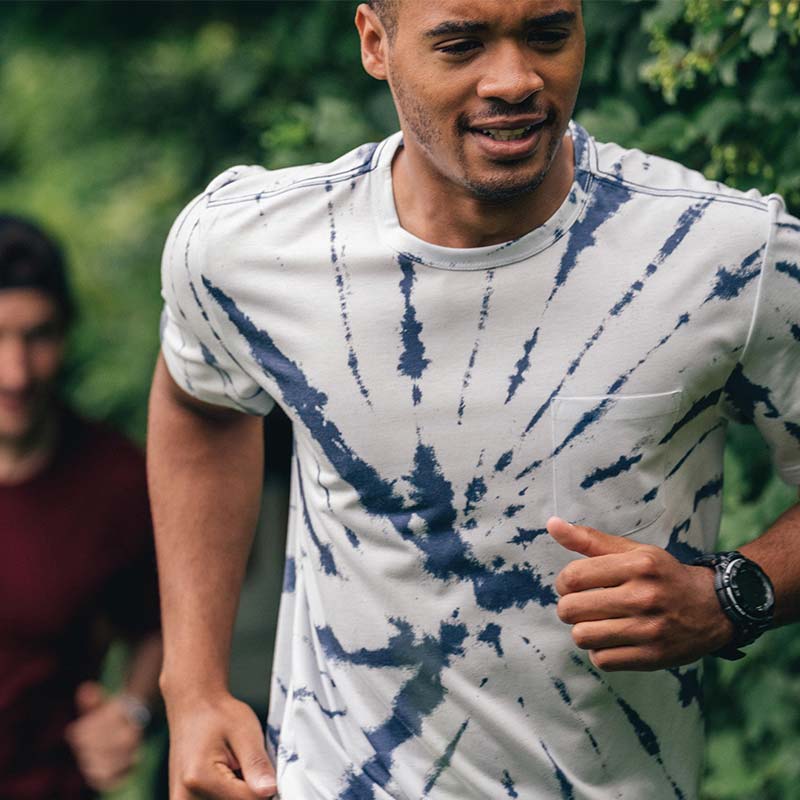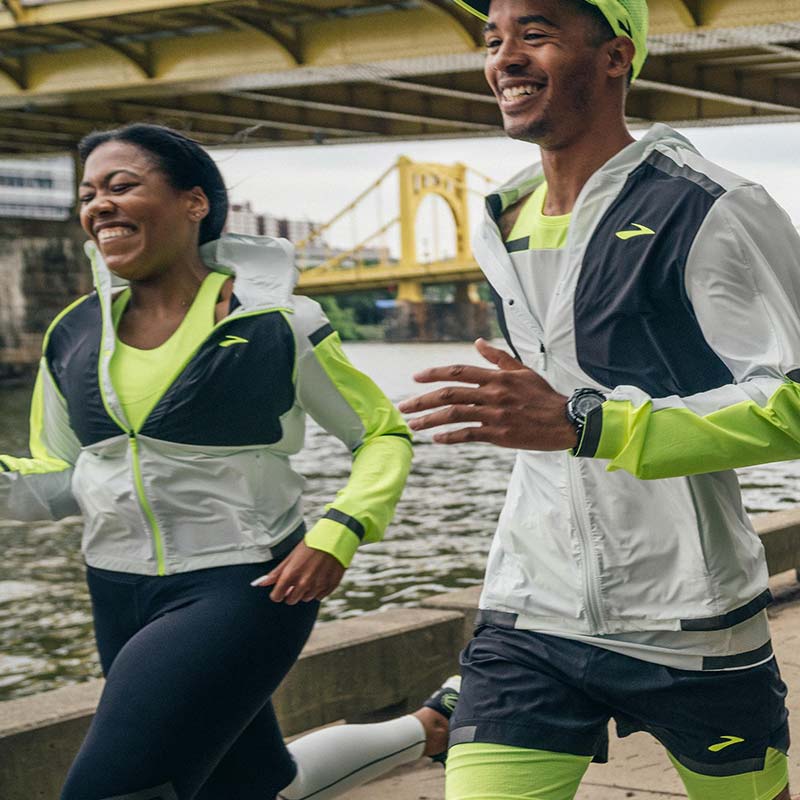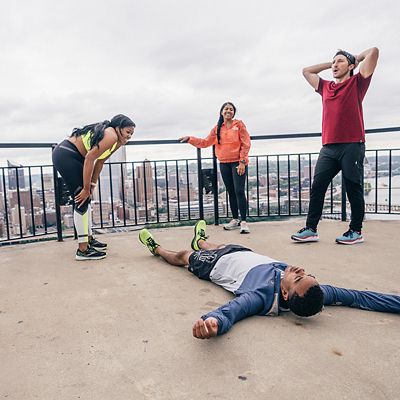
Maybe you’re a road runner interested in expanding to trails for their more forgiving surface, variety in scenery, and more direct connection to nature. Or maybe you’re drawn to running on trails because you’re a mountain biker, rock climber, or hiker already versed in the value of singletrack. Or maybe it’s that trail running is the activity that’s just calling your name, soon to change your life. (At least your athletic life!)
Good news: Trail running is awesome for body and mind. More good news: You don’t need a bunch of expensive new gear to get going. You can run trails in any old shoes, but the benefits of running in shoes made specifically for the job are substantial. And you can run trails in whatever active apparel you wear to do any sort of exercise, but there are certain trail-specific features that can make your experience that much better…and help get you hooked.
The Basics
Shoes
The number one item worth investing in is a pair of trail running-specific shoes. Whether you plan to run smooth dirt, gravel pathways, or more rugged terrain, having a pair that’s made for trails will help keep you upright. Trail running shoes are built with more durable materials to withstand the rigors of the trail. They’re “lugged” on the outsoles to provide traction that keeps you surefooted. And they generally have more supportive “uppers”—the part of the shoe that encases your feet—to prevent feet from slipping and sliding on uneven terrain.
Hydration system
While “hydration system” sounds super techy and makes most people think about wearing a hydration bladder on their back with a hose around the front, this really just means “a way to carry water/liquids.” A whole host of small, lightweight, easy-to-carry “systems,” like collapsible soft flasks, can carry all the liquid you need for a short trail run. For longer runs, running vests with dual soft flasks, or waist-mounted packs made for running, make carrying liquids comfortable.
Phone carrier
For safety, it’s a good idea to carry a phone on a trail run, especially if you’re running alone or with a dog (who obviously can’t make a call for you). Some running apparel has pockets meant to carry phones comfortably. Some hydration systems have phone pockets, especially the larger ones, like running vests. If you’re running with just a small handheld hydration system that can’t carry a phone, and your shorts or tights don’t have a phone pocket, consider a running belt meant just for a phone and other small items.
Socks
You can wear short socks on a trail run, but longer-cut socks that extend at least past your ankle bone will keep out trail gunk—like small, annoying pebbles—from getting between your feet and socks and causing irritation.
Sun protection
Like when road running, hiking, or doing anything outside, wearing sunblock is a good idea. Also, wearing sunglasses and/or a hat or visor while running shields your eyes from glare, which can allow you to focus on your run. And sunglasses can even help protect your eyes from tree branches on overgrown trails. Hats, on the other hand, can cause blind spots on trails with low branches, so be aware.


